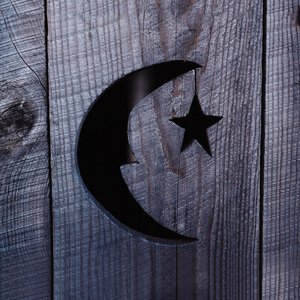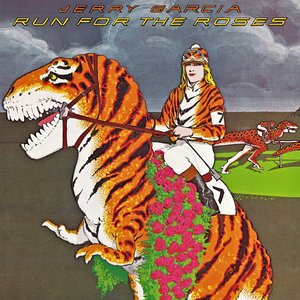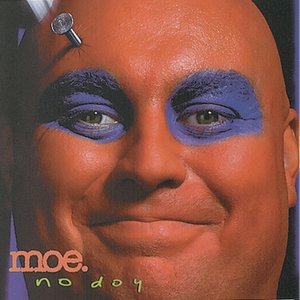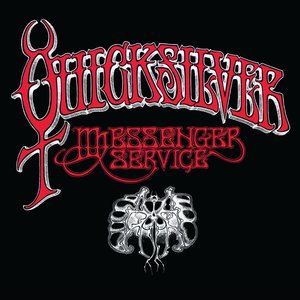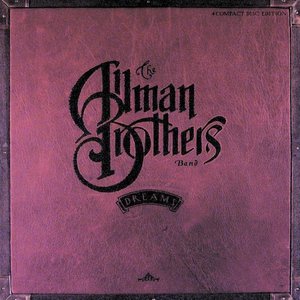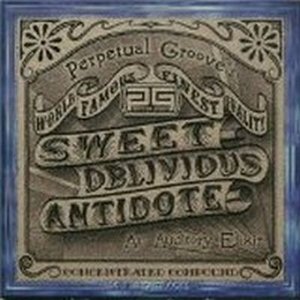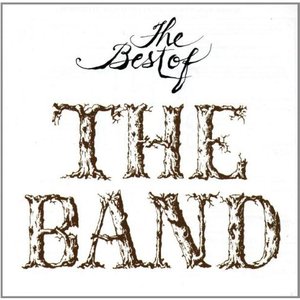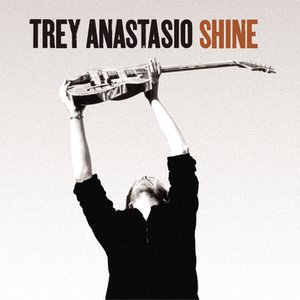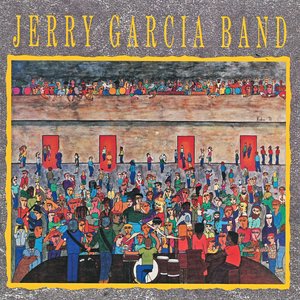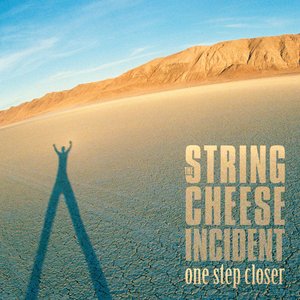Wiki
-
Release Date
1971
-
Length
10 tracks
Garcia is Grateful Dead guitarist Jerry Garcia's first solo album, released in January 20, 1972. Warner Bros. Records offered the Grateful Dead the opportunity to cut their own solo records, and Garcia was released around the same time as Bob Weir's Ace and Mickey Hart's Rolling Thunder. Unlike Ace, which was practically a Grateful Dead album, Garcia was more of a solo effort, as Garcia played almost all the instrumental parts. Six tracks (specifically those coauthored by lyricist Robert Hunter) eventually became standards in the Grateful Dead concert repertoire, especially "The Wheel", which was performed over 250 times.
Considered a showcase for Garcia's work on electric and pedal steel guitar, Garcia is considered more electric and psychedelic than then-recent Grateful Dead albums, balancing country and country rock material on the first side with experimental and musique concrète pieces on the second side, which commences with several sound collages of effects. Other styles explored include folk rock, gospel and acid rock. Garcia described the record as a lighthearted project.
Some reprints of the album are self-released. "Loser" was covered by Cracker on their 1993 album Kerosene Hat.
Garcia explained to an interviewer before the record's completion: "What I'm going to do is what I would do is what I would do if I had 16-track at home, I'm just going to goof around with it. And I don't want anyone to think that it's me being serious or anything like that – it's really me goofing around'." After the album's release, he described it as "overindulgent".
Garcia recorded the album almost entirely by himself, with only Bill Kreutzmann assisting him. As music journalist Andy Childs explains: "Garcia is very nearly a true solo album as Jerry plays all the instruments except drums, which Bill Kreutzmann handles." The compositions were written by Garcia with lyricist Robert Hunter. Released in January 1972, Garcia precedes the next "true" Grateful Dead solo album, Bob Weir's Ace (July 1972), which differs from Garcia in that it features all members of the Grateful Dead. Garcia reached number 35 on the Billboard Top LPs & Tape chart, where it spent 14 weeks.
Andy Childs of ZigZag describes Garcia as a strange mixture of Grateful Dead-style country music and "weird, atmospheric electronic pieces with equally strange titles", such as "Spidergawd" and "Eep Hour". Music critic Lindsay Planer writes that each song features a unique arrangement, ranging from straightforward blues-styled rock and roll ("Sugaree") to avant-garde music ("Late for Supper"), with other songs between those extremes exploring noir folk ("Loser"), balladry ("Bird Song") and "cyclical" psychedelia ("The Wheel"). Robert Christgau describes side one of the album as a set of catchy and groovy songs, and side two as a musique concrète experiment. David Browne notes that the record showcases Garcia's electric and pedal steel guitar skills, while the "sound-effect collages", such as "Eep Hour", exhibit the Grateful Dead's "oddball tendencies". Andrew Sacher considers it to be more electric and psychedelic than the recent Grateful Dead albums Workingman's Dead and American Beauty (both 1970), occupying territory between those records and the more "song-oriented moments" on Aoxomoxoa (1969).
Side one contains four songs, likened by reviewer Richard Williams as "an electrified follow-up" to Workingman's Dead, adding that the songs share the "same mythical-themes", with both "Deal" and "Loser" being based around a gambling motif. He also noted the "rhythmic freshness" on side one, as "even when the standard rock pattern is employed, on 'Loser', it's given a new twist and a lighter, more floating feeling." "Deal" is a folk rock song that has been compared to American Beauty, albeit with a harder edge due to the overdriven pedal steel. A tribute to Janis Joplin, "Bird Song" was a "harder and more psychedelic rocker" than any Grateful Dead song since the 1960s, and features melodic countours typical of Garcia with acoustic guitar in the background, before climaxing with acid rock soloing. "Sugaree" is a spacious song with a pop hook, jangling acoustic guitar and touches of psychedelia in the treated electric guitar lead.
Side two is more experimental, beginning with two musique concrète pieces–"Late for Supper" and "Spidergawd"–that combine gongs, jabbering voices and a collage of found sounds. "Spidergawd", described by Ken Hunt as a "sound-collage, tape-loop extravangaza", features an uncredited appearance from Hunter, who delivers the track's nonsensical narration "about Oppenheimer, et al", and segues into "Eep Hour", a track with an uncluttered, eerie guitar tone and manipulation of steel guitar over other instruments in a manner which has been compared to Pink Floyd. Together, "Late for Supper", "Spidergawd" and "Eep Hour" form a trippy medley, returning to the studio experimentation that typified the Grateful Dead's Anthem of the Sun (1968) and Aoxomoxoa. In biographer Tony Sclafani's opinion, "Late for Supper" and "Spidergawd" mark Garcia's forays into "atonal avant garde piano music", while on the third, "Eep Hour", he showcases his synthesizer skills. "To Lay Me Down" is a love song in a straightforward gospel/country arrangement, while the psychedelic closer "The Wheel" exhibits Garcia's short-lived infatuation with pedal steel guitar.
Album descriptions on Last.fm are editable by everyone. Feel free to contribute!
All user-contributed text on this page is available under the Creative Commons Attribution-ShareAlike License; additional terms may apply.


